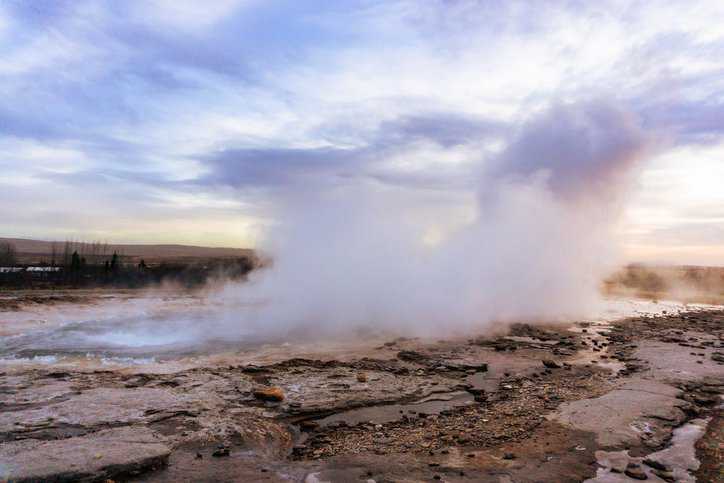Is Water Vapor a Greenhouse Gas?

With much attention given to humans’ climate-warming carbon dioxide (CO2) emissions, you might be surprised to learn that CO2 is not the most prevalent greenhouse gas affecting the Earth’s temperature. Rather, water vapor (H2O) is the most abundant greenhouse gas. Although water vapor is not directly produced by human activity, it significantly contributes significantly to the greenhouse effect.
Water’s Role in Supporting Climate Change
Water vapor contributes for about half of the greenhouse effect keeping heat from the sun inside our atmosphere. It is arguably the most important greenhouse gas in the climate system due to its relatively high concentrations. For perspective, CO2 makes up about 420 parts per million of our atmosphere—0.04%, whereas water vapor may vary from almost nothing to as much as 3% of a volume of air.
How Is Water Vapor Different from Other Greenhouse Gases?
Unlike other greenhouse gases like CO2, methane, and nitrous oxide, water vapor is not always a gas when in the atmosphere. Depending on the temperature, water can turn from a gas, liquid, or solid. In other words, water is condensable; it does not accumulate in the atmosphere because it can transform into rain, snow, and ice.
Methane, carbon dioxide, and chlorofluorocarbons do not condense. They are also not particularly chemically reactive or easily broken down by light in the troposphere: the lowest layer of atmosphere of the Earth. These gases thereby remain in the atmosphere for years to centuries or even longer—depending on the type of gas. In contrast, a molecule of water vapor on average stays in the atmosphere just nine days, and then it gets recycled as rain or snow. Its amounts do not accumulate, despite its much larger relative quantities.
Water Vapor Is the Only Greenhouse Gas Whose Concentration Increases
Sincethe atmosphere is warming, water vapor is the only greenhouse gas whose concentration increases and thus climate change causes it to warm even more. Essentially, as the climate warms, water vapor levels will rise in the atmosphere because warmer air can hold more of it. This is a positive climate feedback loop that is expected to exacerbate warming. If non-condensable gases [e.g., nitrogen (N2), oxygen (O2), carbon dioxide (CO2), hydrogen (H2), helium, methane (CH4), carbon monoxide (CO), and argon], however, were not increasing, the amount of atmospheric water vapor would be unchanged from its pre-industrial revolution levels.
How Can Water Vapor Be Removed from the Atmosphere?
Recently, scientists have been exploring strategies to offset global warming by manipulating the climate system. A study published in Science Advances examines the feasibility of a new approach to reduce warming: removing water vapor (a greenhouse gas) from the stratosphere. This method could remove water vapor before it reaches the stratosphere, thereby reducing one of the greenhouse gases that contribute to warming the planet.
By investigating the potential effectiveness of injecting ice-nucleating particles (INP) into the stratosphere, the researchers provide an early-stage assessment of intentional stratospheric dehydration (removal of some of the water vapor in the layer of the atmosphere known as the stratosphere). Although the approach would likely have some cooling effect, they say, it would not be nearly enough to counteract more significant warming from carbon dioxide (CO2) emissions. INP injection would have to be considered among a portfolio of other climate interventions to determine whether there are any alternatives to reducing CO2 emissions that would meaningfully reduce climate impacts.






